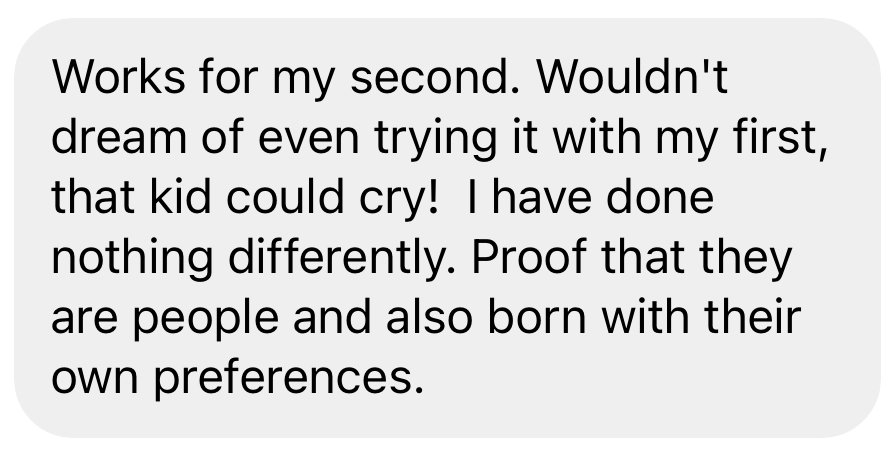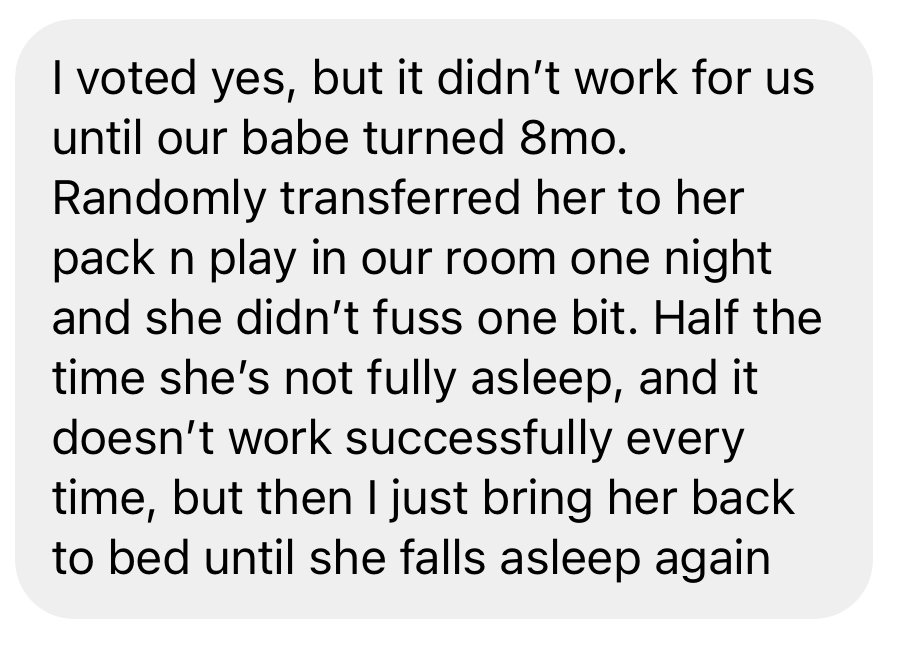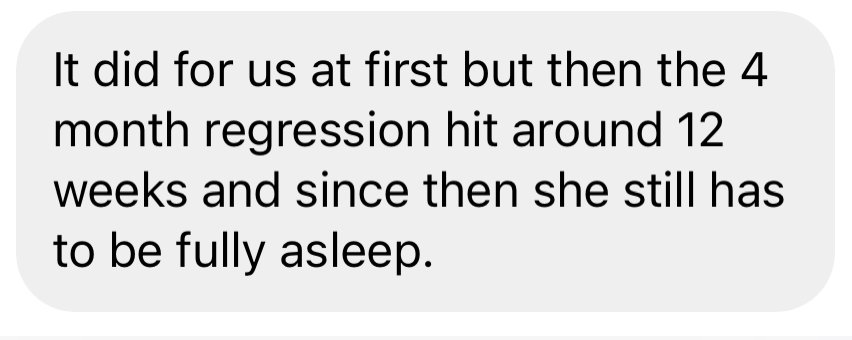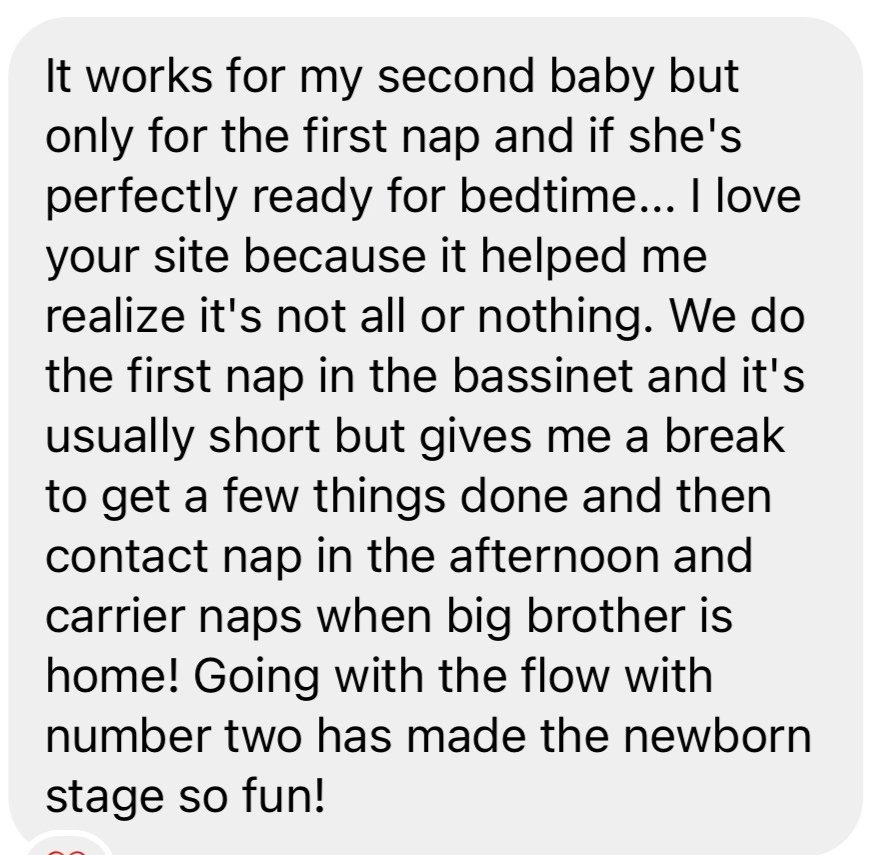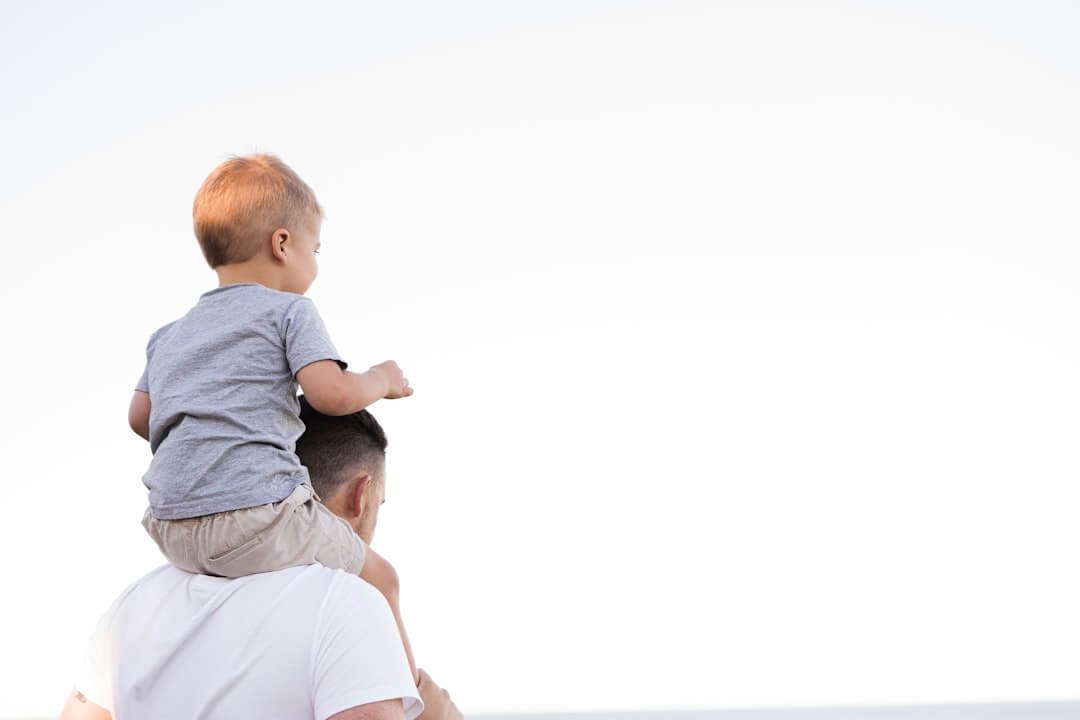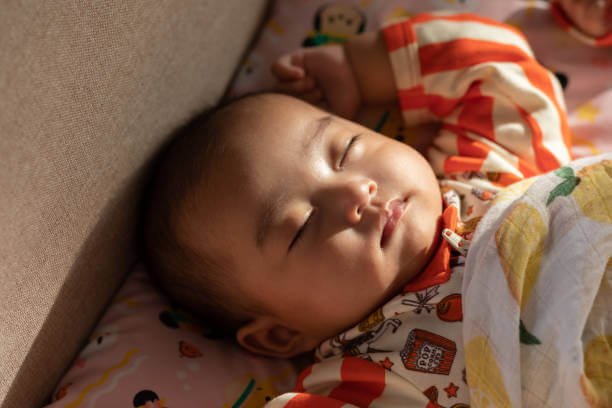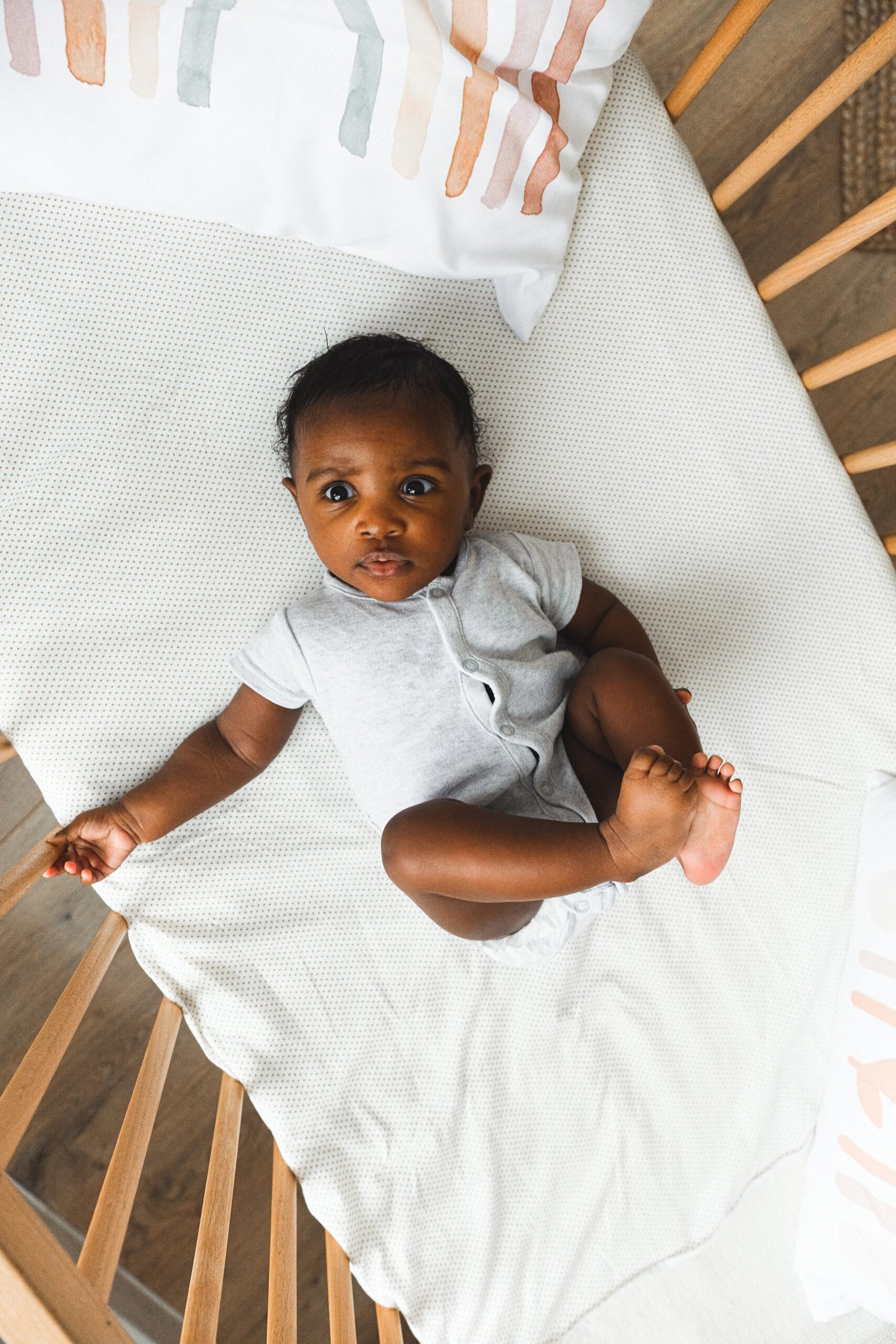I'm Rachael
Mom of 3 & Baby Sleep Expert with Big Sis Energy
& I’VE DONE ALL THE RESEARCH FOR YOU ALREADY.
Better sleep for the entire family
BROWSE COURSES
hey!
is drowsy but awake necessary for better baby sleep?
April 6, 2023
in this post:
Drowsy but awake, or more recently, being put to bed WIDE awake, is a common sleep training recommendation. They promise that if baby learns to fall asleep alone in the crib that they will do this overnight as well, linking sleep cycles without signaling and sleeping through the night sooner. They’ll even make comparisons like “imagine falling asleep on your couch and waking up in your neighbor’s house” to infer that if your baby falls asleep in your arms and wakes in their crib, they’ll be confused and distressed. Thus the need to put them down in their sleep space awake (or “drowsy but awake”).
But is there actual scientific basis to this? Do we have evidence that infants to become confused and distressed when being put into their cribs asleep vs. awake? Why has this become such a pervasive piece of advice?
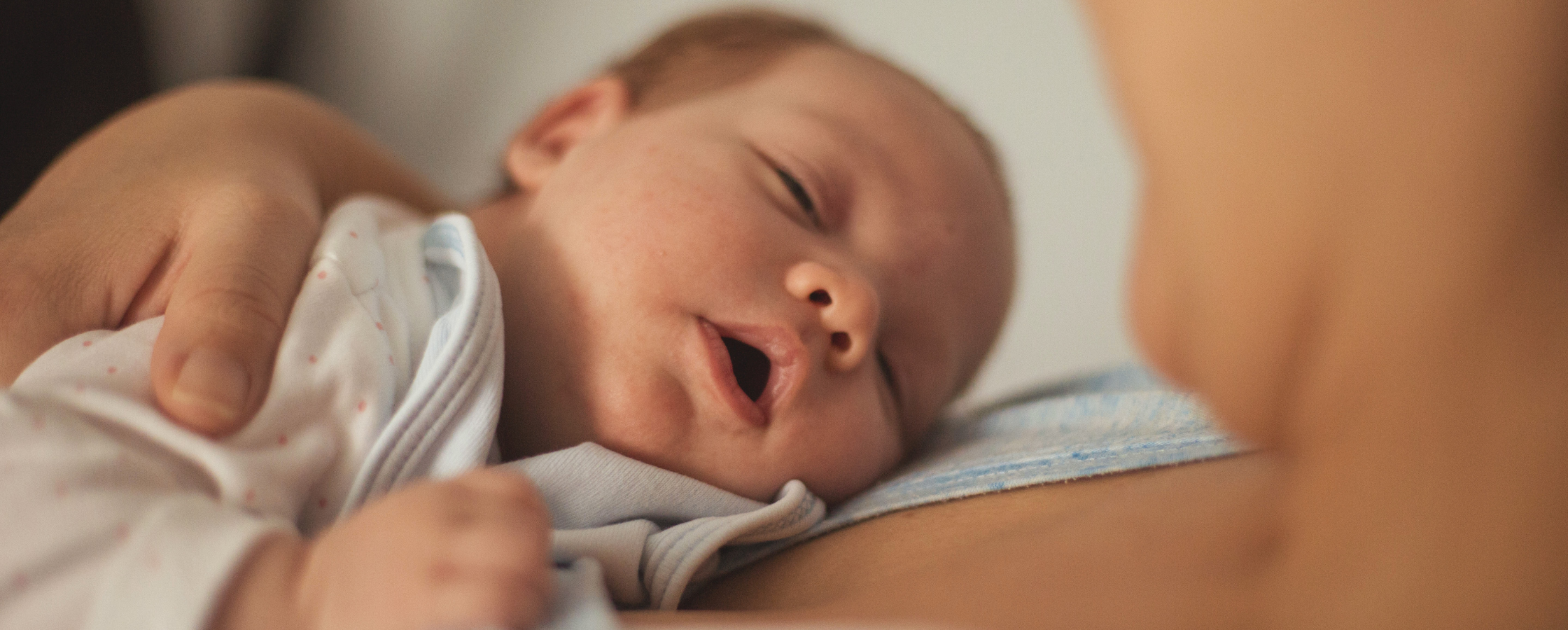
What’s the origin of DBA?
It’s not totally clear who “invented” the term or idea behind this cornerstone of sleep training advice. However, there are a couple of infant sleep studies that have looked at this idea (though not specifically) where it was found that some (typically younger) infants tend to cry when they awaken between sleep cycles and might require more external help to return to sleep, whereas other (mostly older) infants tend to return to sleep on their own. These two types are sometimes referred to as “signalers” and “soothers.” This study also did find that babies going into the crib awake are more likely to be the “soother” types, meaning that they go into the crib awake AND are less likely to signal to the parent between sleep cycles overnight. This gives the parents the impression that they are getting more consolidated sleep, however the research finds that most babies wake up throughout the night, especially in the first year, it’s just a matter of whether or not they let us know they’re awake by crying out or vocalizing. In addition, there’s no evidence that it was the actually act of being put to bed “drowsy but awake” is what LEADS to more consolidated nighttime sleep (or, longer periods of non-signaling). It’s much more likely a correlational relationship: the babies who are more naturally easy going and go to bed without as much support or fuss are also more likely to link sleep cycles without cuing for parents as much overnight as other babies with more sensitive temperaments.
Why is my baby waking up at night?

We need to remember that babies wake for all kinds of reasons throughout the night, and they aren’t signaling for us to be an inconvenience. They have a need and they’re calling for that need to be met, whether it’s hunger, thirst, pain or loneliness. This is also why “DBA” is so hard for many (if not most) babies: when they are put down and see us leave, their natural alarm system is activated. They are wired to be kept close to us for safety and survival. When they wake and find themselves alone or with a need that needs to be met, they’ll likely signal for us, regardless of whether or not they’ve been put in the crib awake, drowsy, or fully asleep.
So no, there is no need to practice drowsy but awake and it’s not an indication of anything wrong if your baby doesn’t do it. If they do, it’s completely fine. But nothing to stress over! Lots of babies go to sleep independently but still wake throughout the night, just like lots of babies are supported to sleep, transferred to the crib, and sleep through. Whatever works best for your baby and causes you the least amount of stress is what you should do!
is there something wrong with my baby if they won’t go down “drowsy but awake?”
No. Your baby is perfectly normal if they don’t want to be put down awake. Don’t just take it from me. I asked in my stories, and here’s what the HSB Instagram community said:

Does it hurt to just TRY “drowsy but awake?”
If you DO want to practice putting your baby down in their crib awake or “drowsy but awake” that’s also fine. It’s not a harmful practice if you’re following your baby’s cues. I recommend getting a strong routine for naps and/or bedtime first. Support your baby to almost asleep via feeding, rocking, etc., and then placing them in the crib. Before you leave you might place your hand on their chest or rub their forehead etc. and say goodnight before you leave. If they fuss or cry, you can come back and try to resettle them in their cribs or pick them up if they are getting upset. You can repeat the process or support them to all the way asleep, then transfer them down. You can always try again later! And remember this is NOT necessary- if it’s distressing to you or your baby to do “drowsy but awake” then just go back to what was working!
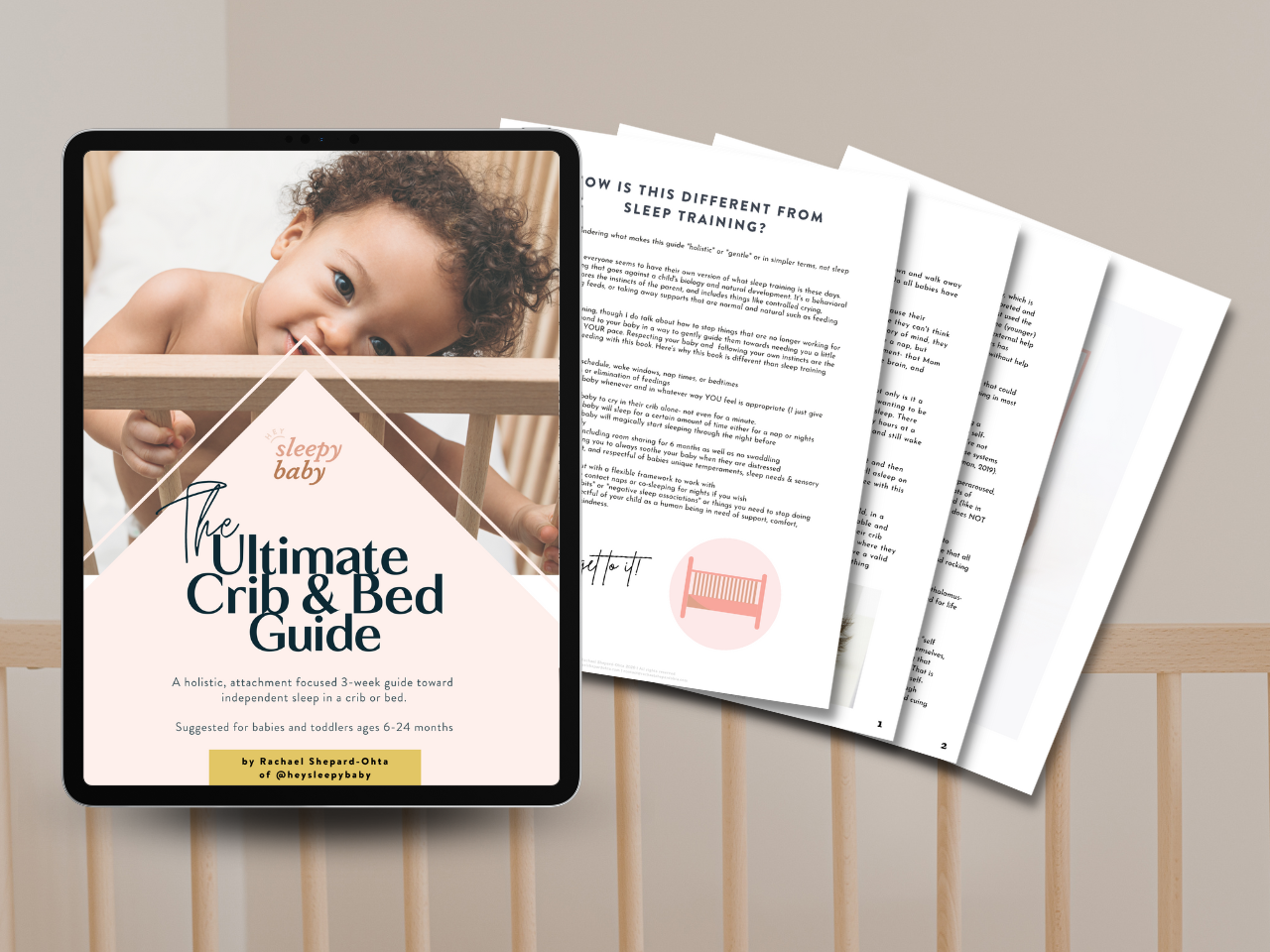
If you need more help with getting your baby comfortable with crib sleep or you’re looking to transition your baby or toddler into a floor bed, the Ultimate Crib & Floor Bed Guide shows you step by step how you can get your little one feeling safe, secure, & comfy in their own sleep space. You can use this guide if you’ve been contact napping or cosleeping and want to start the transition for baby into their own sleep space or nursery. This guide comes with a PDF guidebook with checklists and cheat sheets PLUS audio files so you can listen on the go, podcast style! Check out what’s included and read testimonials here.
And If you’re looking for all the information you’ll need from the newborn stage through toddlerhood, check out the Baby Bundle to set yourself up for the newborn phase. With this option you’ll get all the Newborn Masterclass PLUS The Ultimate Crib & Bed Guide.
Source:
PMID: 11530895
Was this helpful? Save it for later!
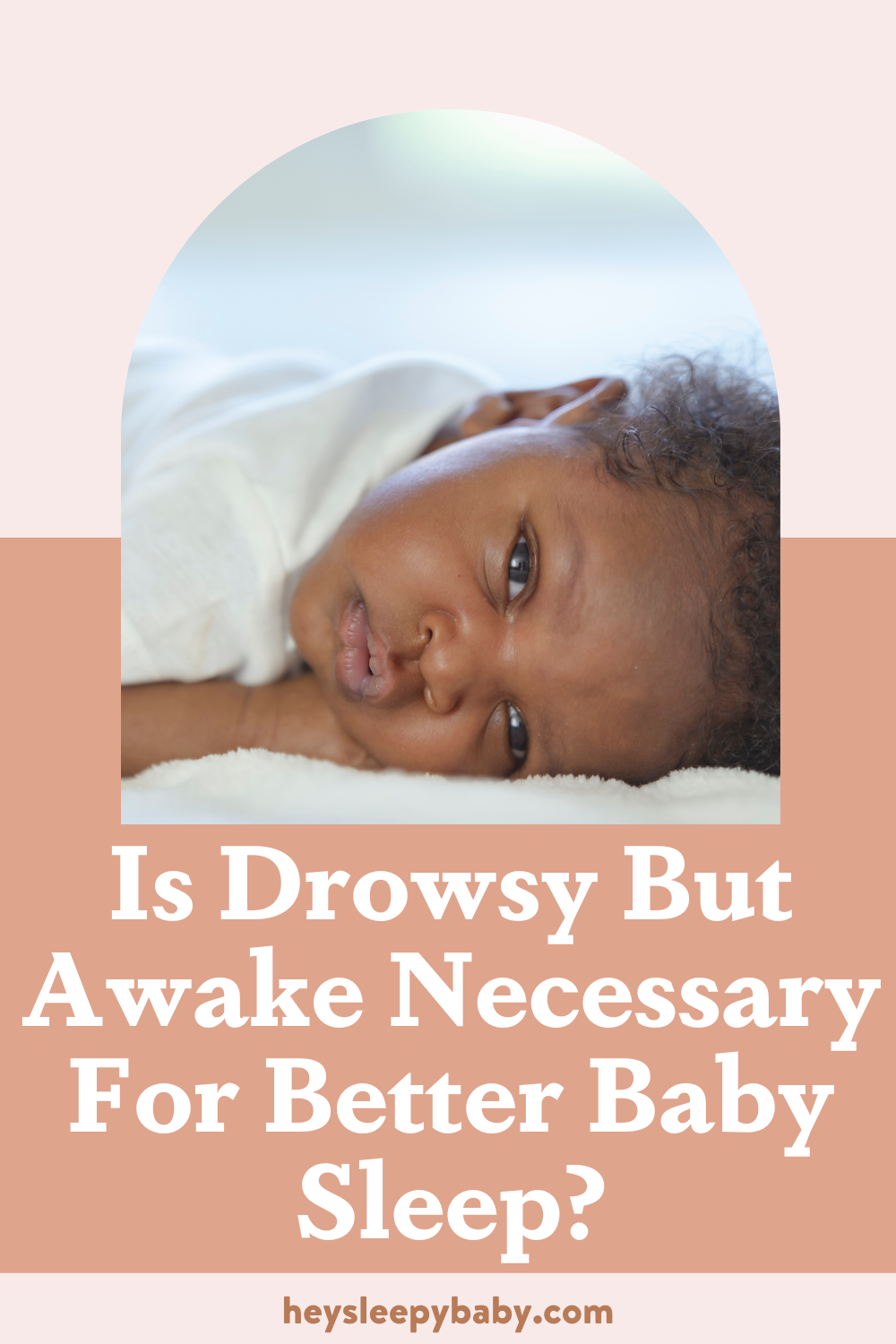
binge reads
We think you'll love these
You deserve to the
baby stage, not just "survive it."
And you DON'T have to sacrifice your values, ignore your instincts, or force yourself to follow a method you don't align with just to get your baby back to sleep.
I’m here to help you create a restful, sustainable sleep environment that honors both your baby’s needs AND your own (without the stress OR the guilt!) because, no, you don’t have to choose between the two.
enjoy!
BABY SLEEP COURSES →
BABY SLEEP CONSULTS →
Wish you could help your baby sleep better without resorting to sleep training? Download my FREE guide to a good night’s sleep and learn 8 simple, science-backed tips for supporting your child’s needs.
Traditional sleep training methods don’t have to be your solution to better sleep.
SLEEP TRAINING ISN’T THE ONLY WAY TO GET GOOD SLEEP
Hey, I'm Rachael and Hey, Sleepy Baby is for parents who want to get their nights back, without sleep training their babies.
NO ONE TOLD US POD
explorING the untold truths of parenting


